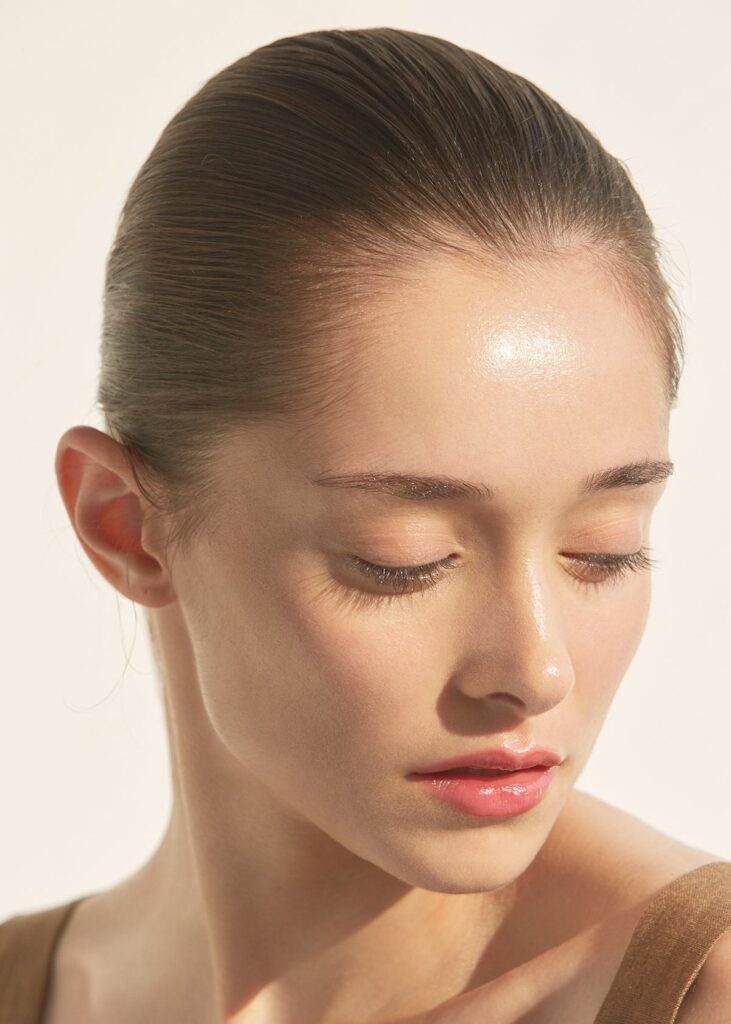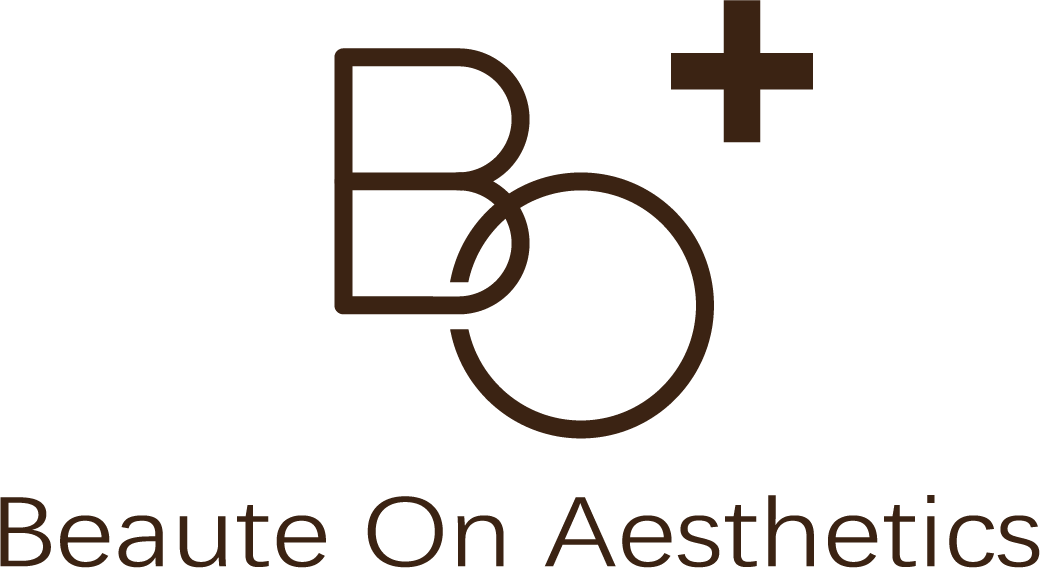What is Pico Laser in Singapore?
Pico Laser in Singapore is a modern type of aesthetic procedure that utilizes unique laser technology. Pico, a term that refers to Picosecond, indicates the ultra-short pulse duration of the laser. A Picosecond, to put into context, is one trillionth of a second – a reflection of the high speed at which these lasers operate.
This high-speed operation plays a critical role in the way Pico Lasers work. Unlike some traditional lasers that emit a continuous light wave, Pico Lasers emit light in ultra-short, concentrated pulses. This method of energy distribution is significantly efficient and allows the laser to target specific skin areas without causing damage to the surrounding tissue.
The power and precision of the Pico Laser come from its unique pulse duration. The shorter the pulse duration, the more efficiently energy is delivered to the skin. The pulses from a Pico Laser are so quick that they result in a photomechanical impact, known as a photoacoustic effect, rather than a photothermal impact which is associated with longer pulse lasers.
By operating in picoseconds, Pico Lasers ensure that a high amount of energy can be delivered to the target area in a remarkably short amount of time. This capability can lead to effective treatment results, although individual results can vary based on a multitude of factors including skin type, the severity of skin concerns, and individual healing responses. It’s important to consult with a healthcare professional to understand if this procedure is suitable for you and to set realistic expectations. Remember, while Pico Lasers utilize advanced technology, the outcomes can differ from person to person, and it does not guarantee specific results.

How Does Pico Laser Work?
The Pico Laser’s working principle hinges on the phenomenon of photoacoustic energy. Instead of relying on heat to achieve desired results, the Pico Laser uniquely harnesses the power of light and sound waves. Here’s a deeper dive into how it works:
- When the ultra-fast pulses emitted by the Pico Laser come in contact with the skin, they are selectively absorbed by the chromophores (color-containing cells) within the skin. This could include targeted pigmentation, tattoo ink, or even natural skin chromophores.
- Upon absorption, the energy from the laser pulses causes these pigmentation particles to vibrate at a very high frequency. This high-frequency vibration leads to the pigmentation particles shattering into minute, dust-like particles. Unlike larger pigment chunks, these smaller particles are more manageable for the body’s natural waste disposal systems.
- Over time, the body’s immune system processes these tiny pigment particles. White blood cells, which serve as the body’s cleanup crew, encapsulate these tiny fragments and gradually transport them to the liver, where they are safely expelled from the body. This process is entirely natural and utilizes the body’s innate disposal system.
This science-based approach means that Pico Laser can be utilized to target specific skin concerns without causing substantial damage to the surrounding skin tissue, which can potentially result in less downtime post-procedure. However, as with any medical procedure, outcomes can vary based on individual factors, including the person’s health, skin condition, and response to treatment. A healthcare professional can provide a detailed understanding of the process and help set realistic expectations.

Pico Laser in Singapore vs Traditional Laser Skin Surfacing
A question that often arises when discussing laser treatments is how Pico Laser differs from traditional laser skin resurfacing. Let’s delve into the distinguishing factors between these two procedures.
- Traditional laser skin resurfacing, also known as ablative laser resurfacing, involves the use of a continuous light wave. The laser, in this case, operates at a consistent wavelength and delivers a steady stream of energy. This energy heats the skin and removes the outer layer (epidermis), stimulating the production of new skin cells and collagen in the process. However, this approach can potentially lead to side effects such as redness, swelling, and a longer recovery period due to the heat involved.
- On the other hand, Pico Laser adopts a different methodology. It emits ultra-short, high-intensity pulses of light. Each pulse lasts for just a picosecond – a trillionth of a second – significantly reducing the amount of heat delivered to the skin. The photoacoustic effect generated by these pulses can break down pigmentation or tattoo ink into tiny fragments without substantial heat damage to the surrounding tissues. This could potentially mean a reduced likelihood of side effects and shorter recovery time.
But it’s important to remember that every individual’s skin responds differently to treatments. The effectiveness and results of both these treatments are largely dependent on individual skin conditions, types, and treatment goals. A qualified healthcare provider will be able to provide a more comprehensive understanding of the benefits, risks, and potential outcomes associated with each treatment. As each person’s condition is unique, individual results can vary, and it’s important to manage expectations realistically.

What Skin Concerns Can Pico Laser Address?
The application of Pico Laser technology is broad, enabling it to address several skin concerns. With its unique energy delivery, Pico Laser can help manage a range of aesthetic and skin health needs. Let’s explore some of the skin issues this technology can address:
- Pigmentation: Pico Laser can target various forms of skin pigmentation. Issues such as age spots, freckles, melasma, and sun spots are examples of pigmentation that could be addressed. It works by breaking down the pigmented cells into smaller fragments, which the body can then naturally eliminate.
- Acne Scars: For those dealing with acne scars, Pico Laser may offer a viable solution. It aims to break down scar tissue and stimulate the body’s natural healing process, potentially leading to a smoother skin appearance over time.
- Enlarged Pores: Enlarged pores can be a cosmetic concern for many. Pico Laser could help by promoting collagen production, which might result in tightened skin and reduced pore size.
- Tattoo Removal: Pico Laser can also assist in tattoo removal. The ultra-short pulses of light can shatter tattoo ink into minute particles, making it easier for the body to remove them.
It is crucial to remember that skin is a complex organ, and each individual’s response to treatments can vary. The outcome can be influenced by a variety of factors, such as skin type, the severity of the skin concern, individual healing responses, and overall health. Consequently, results can differ from person to person. Consulting with a healthcare professional who can provide personalized advice based on your skin condition is an essential step before starting any new treatment regimen.
Frequently Asked Questions
Contact us today
Reach out to our dedicated team commence your personal aesthetic journey today. A tailored consultation awaits.
Our aesthetic clinic Singapore is conveniently located at International Building, in close proximity to Shaw Centre and ION Orchard, nestled within the heart of Singapore’s vibrant Orchard Road.
